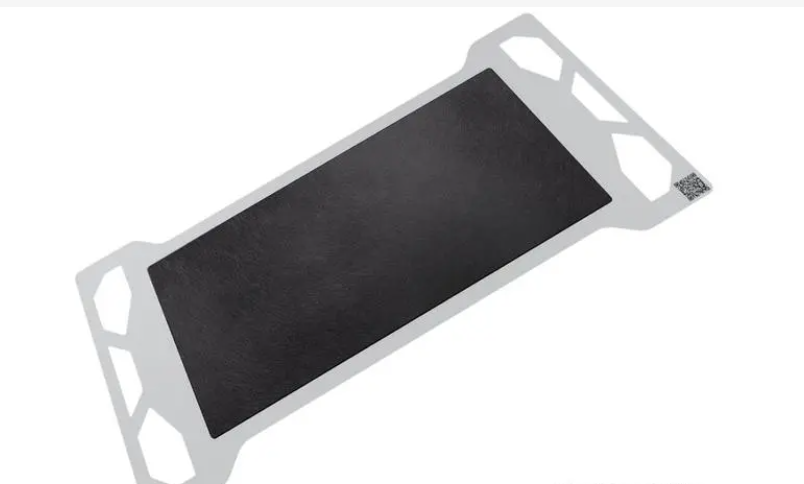The membrane electrode is a type of electrode structure used for electrochemical reactions. It consists of an electrolyte membrane, electrodes, and a catalyst that is in contact with the electrolyte membrane. Membrane electrodes are widely used in applications such as fuel cells, water electrolysis for hydrogen production, electrolytic wastewater treatment, electrolytic ionization, and other electrochemical reactions.
The core of the membrane electrode is the electrolyte membrane, which is typically made of materials that have ionic conductivity, such as solid polymer membranes, liquid electrolyte membranes, or composite ion-conducting membranes. The electrolyte membrane plays a role in ion transport within the membrane electrode, allowing electrons and ions to be effectively transferred between the electrode and the electrolyte.

The electrode part of the membrane electrode is usually made of materials with good electrical conductivity, such as carbon fiber cloth, carbon paper, or metal conductive meshes. The surface of the electrode is often coated with a catalyst, such as a precious metal catalyst like platinum or palladium, or a non-precious metal catalyst like nickel or iron, to increase the rate of electrochemical reactions.
In the membrane electrode, electrochemical reactions typically occur at the interface between the electrolyte membrane and the catalyst. For example, in a fuel cell, hydrogen gas undergoes an oxidation reaction on the anode catalyst, producing electrons and hydrogen ions. Oxygen undergoes a reduction reaction on the cathode catalyst, combining with electrons and hydrogen ions to form water. Through the membrane electrode, electrons flow back to the anode through the electrode, while ions are transported through the electrolyte membrane to complete the electrochemical reaction.
The advantages of using membrane electrodes include high efficiency, high energy density, low pollution, reusability, and a smaller size. They have a broad application prospect in the field of clean energy, can improve energy utilization efficiency, reduce dependence on fossil fuels, and help reduce environmental pollution.
Post time:2021-10-13





